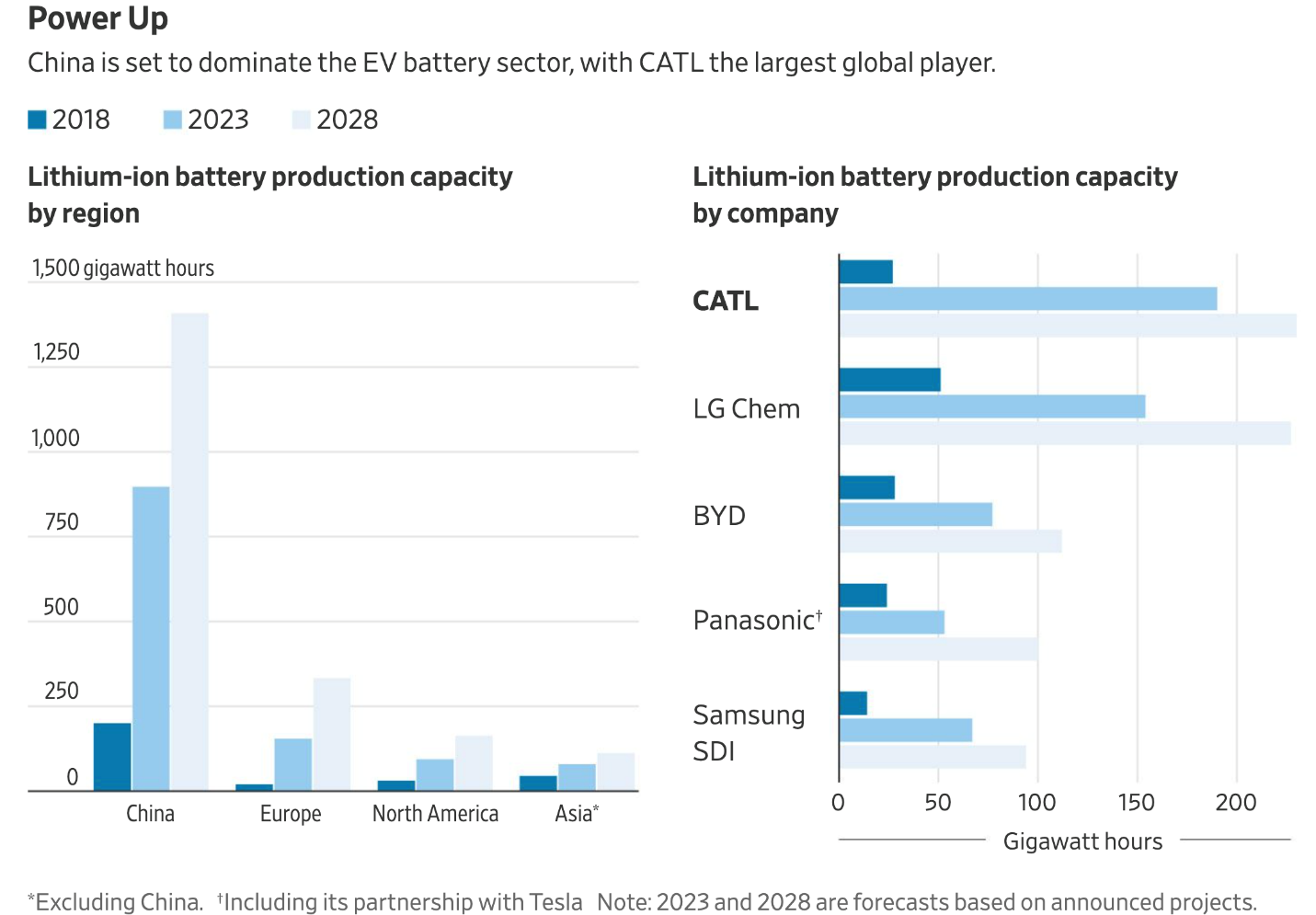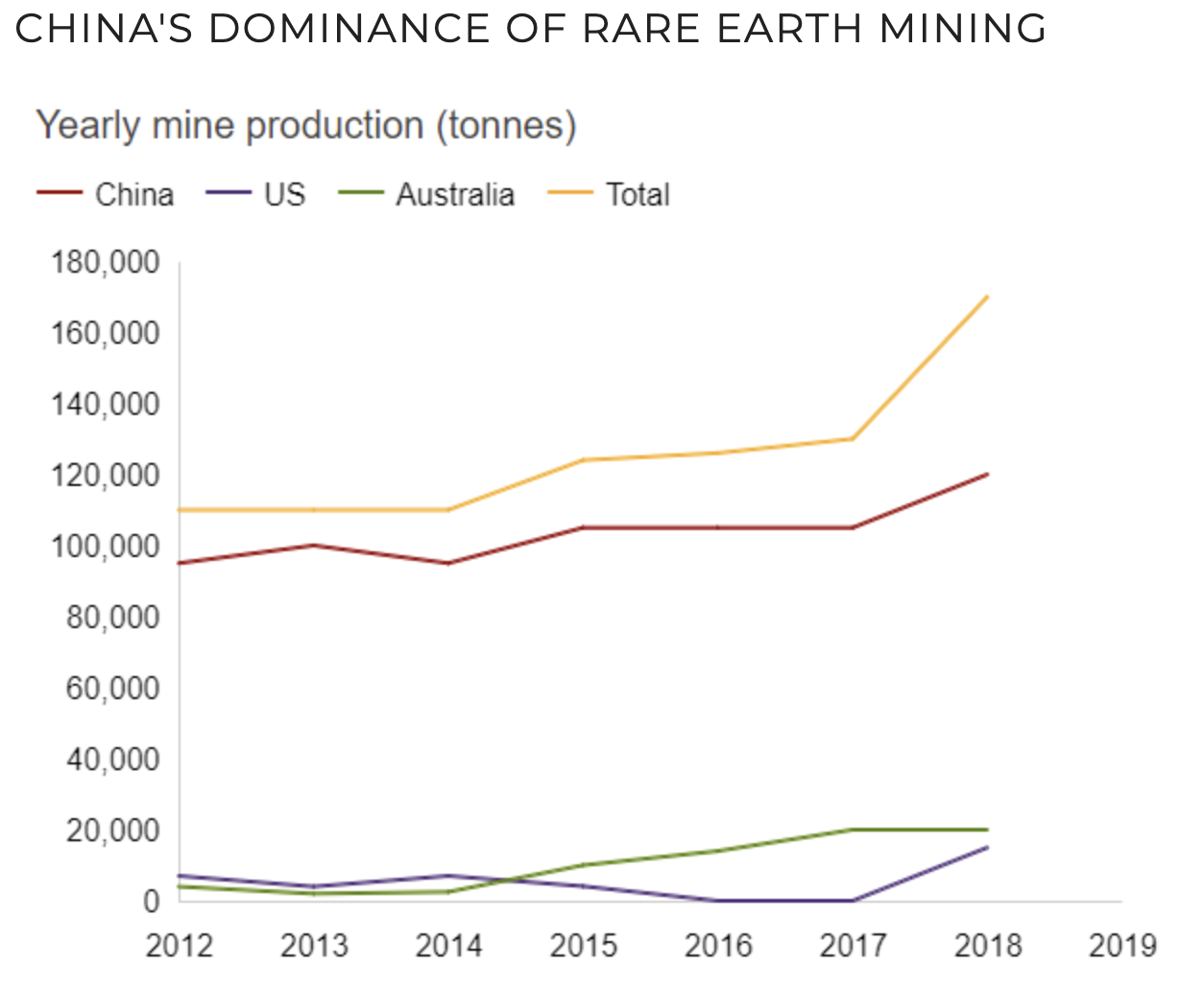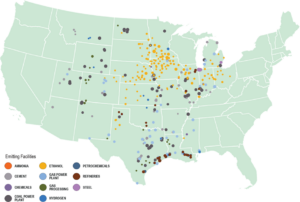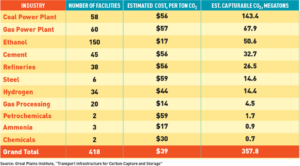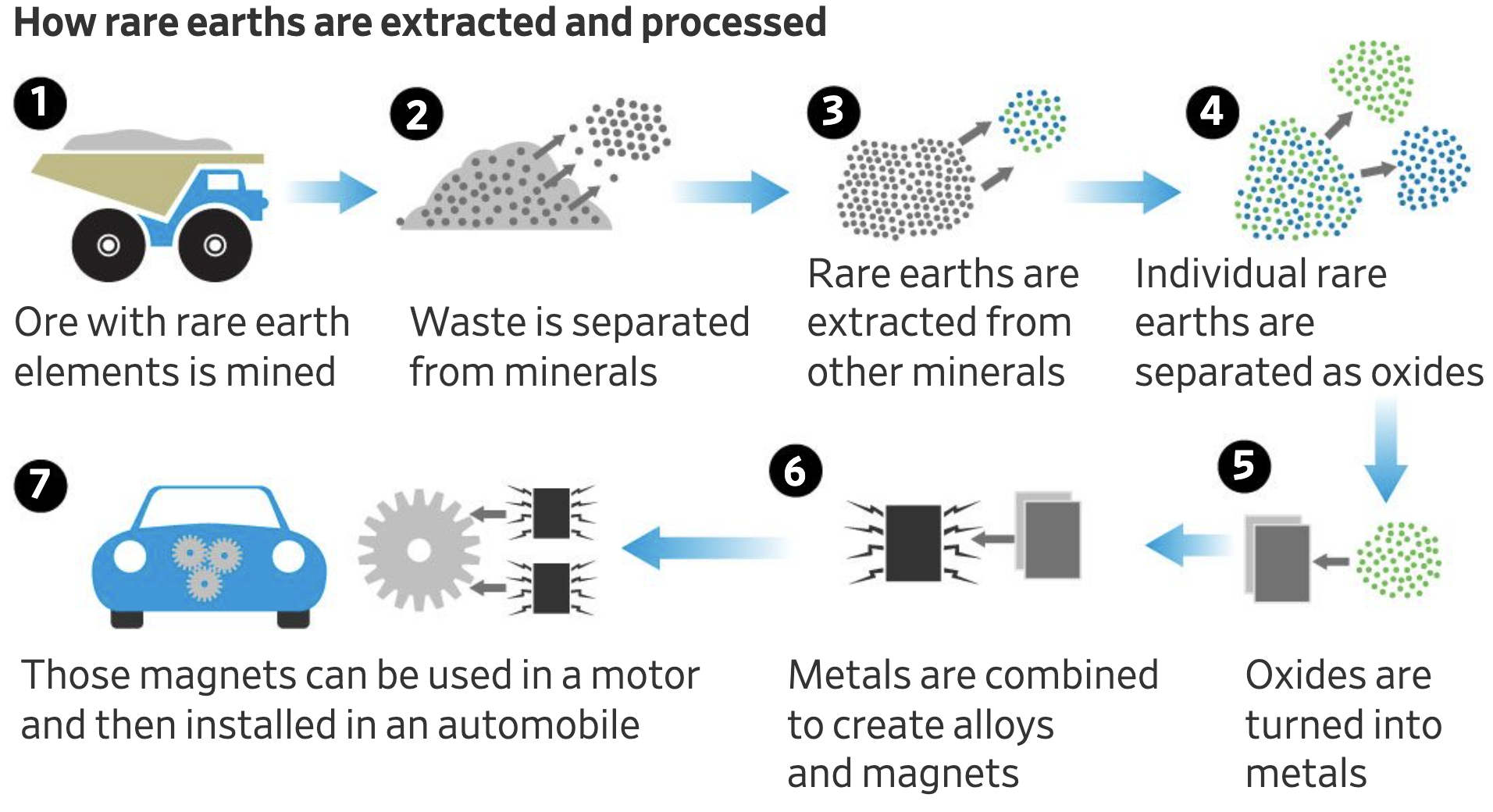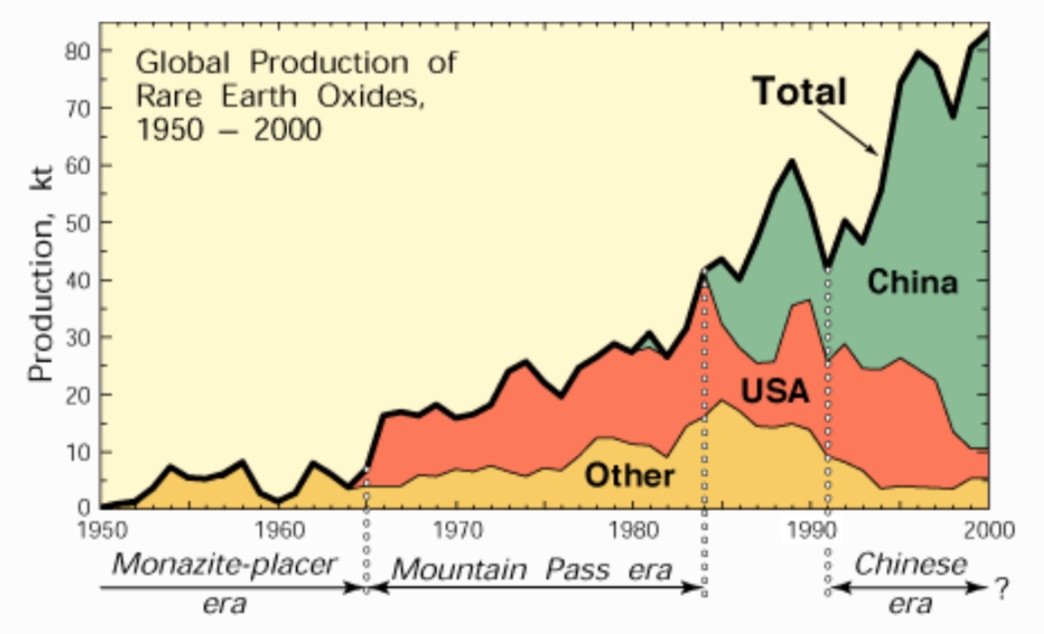Joe Biden’s climate and energy plans mandate a carbon-free generation sector by 2035. Since new nuclear and carbon capture and sequestration technologies are not economically competitive, subsidized wind and solar power would have to make up the share from fossil fuels (coal, natural gas, and oil) that currently make up 62 percent of the generation market. Biden’s plans call for large expenditures in renewable energy, including installing 500 million solar panels and manufacturing 60,000 wind turbines.
The Benton Public Utility District in Washington State said, in a report, that overly aggressive clean energy policies bring about an unacceptably high risk of power grid blackouts. While the development of wind farms may be “politically fashionable” and appeal to many in the general public, science and economics show that attempting to power modern civilization with intermittent electricity from wind and solar will come at a high financial and environmental cost. The report is consistent with what has happened in Germany and Australia, as residential electricity prices in Germany are among the highest in Europe and 50 percent more than they were in 2006.
In 2014, Germany’s solar production was just 6 percent and the country barely managed to escape an eclipse by importing electricity from neighboring countries. In August, still air hit California’s wind farms during a heat wave and smoke from its wild fires reduced solar power by 30 percent, causing rolling blackouts in some locales.
The enormity of the task Biden is making that some believe is doable can be best expressed by realizing that 80 percent of all U.S. energy comes from fossil fuels and almost 9 percent comes from nuclear power. Solar and wind combined contribute less than 4 percent. Solar and wind’s contribution in the generating sector is more sizable at 9 percent of U.S. generation because of the smaller market. Wind power and solar systems produce electricity at an average of just 25 percent to 35 percent of the year, while conventional natural gas plants have very high availability at 85 percent.
Because wind and solar are intermittent, they require back-up from natural gas technologies, which must be inefficiently ramped up and down like a car driving in stop-and-go traffic to balance the energy grid. Storage technologies (batteries) could substitute, but they are not currently economic. Further, China controls about 70 percent of the world’s lithium supply and 83 percent of the anodes to make them. A U.S. lithium project has been seeking approval to mine the material in a Nevada desert, but has been blocked for more than a decade by environmental groups.
Now consider that Biden also wants the U.S. energy economy to be totally carbon free by 2050. That means electric vehicles instead of gasoline and diesel vehicles. Then consider the electricity that these electric vehicles will need to charge their batteries. And add to that, the half million electric car chargers that Biden proposes to have taxpayers finance along with funding to help car makers convert their factories to electric vehicle production. Producing and recharging those electric vehicles will require that electricity is constantly available, which, based on California’s experience may not be achievable with renewable power.
Building wind turbines and solar panels to generate electricity, as well as batteries to fuel electric vehicles, requires, on average, more than 10 times the quantity of materials, compared with building equivalent systems using fossil fuels to deliver the same amount of energy. To replace a single 100-megawatt gas-fired plant would take at least 20 wind turbines, each about the size of the Washington Monument and covering about 10 square miles of land. The wind farm would consume about 30,000 tons of iron ore and 50,000 tons of concrete, as well as 900 tons of non-recyclable plastics for the blades. A solar plant with the same output would require half again more tonnage in cement, steel and glass. And, based on current plans, by 2050, the quantity of worn-out, non-recyclable solar panels will double the tonnage of all today’s global plastic waste, and there will be over 3 million tons per year of unrecyclable plastics from worn-out wind turbine blades.
Conclusion
Biden’s plans to recreate the entire U.S. energy system beginning with electricity over the next 14 years will result in enormous costs for U.S. consumers and taxpayers. Further, it makes little sense to take a system that works efficiently and replace it with technologies that cannot do the job 24/7. Americans rightly expect electricity on demand and will continue to expect that while Biden creates large new uses for electricity that will tax the electric grid. His vision of American energy is one where air conditioning may not be available in the summer and heat may not be available during winter.
The post Biden Wants Renewable Energy, But It Can’t Do the Job appeared first on IER.





